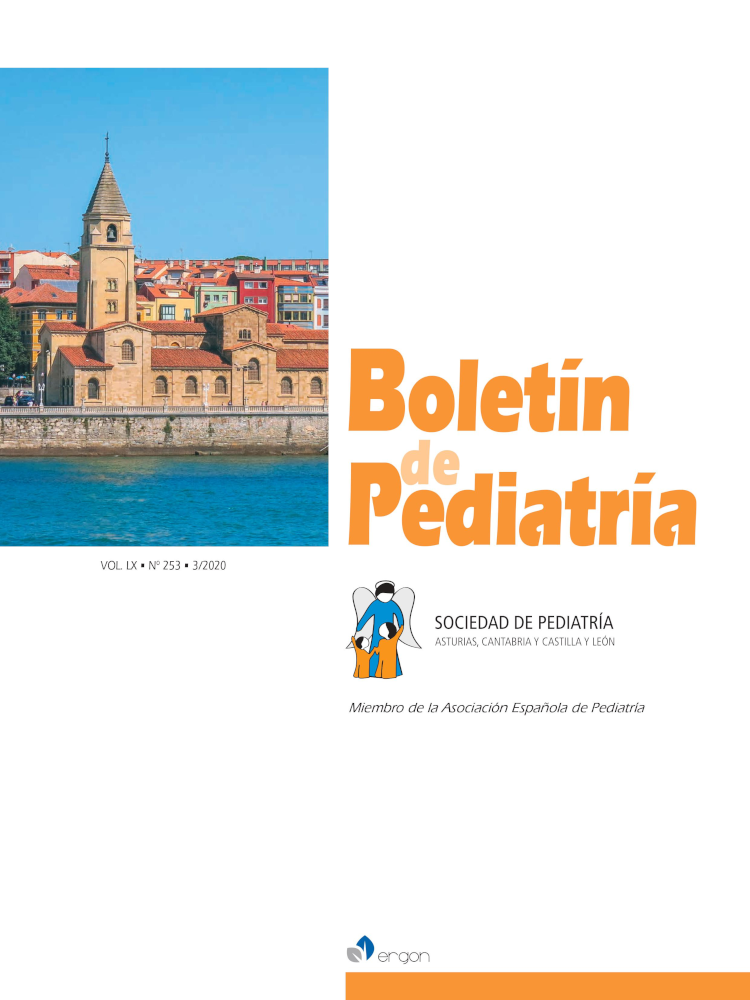Abstract
Objectives. To analyze the drugs most used for sedoanalgesia in procedures performed in a Pediatric Intensive Care Unit (PICU), to measure their effectiveness (level of sedation achieved), the main side effects and to carry out a quality control. Material and methods. Prospective, observational and descriptive study. Epidemiological and clinical data, drug (s) used, level of sedation achieved, incidences or adverse effects, and satisfaction scales were collected from patients from 0 to 18 years of age who underwent procedures that required sedation and analgesia. Results. 112 patients with an average age of 8.3 years were included. The most widely used drug was propofol (64.3%), followed by the association of ketamine with midazolam (16.1%) and sevofluorane (12.5%). In 70.5% of the patients, a level of deep sedation was reached, with no statistically significant differences between the different drugs used. Adverse effects were recorded in 51.8% of patients, mainly desaturation, with a higher frequency when using propofol (p <0.05). Satisfaction score was maximal in all the parents surveyed, without finding significant differences based on the procedure, drug, level of sedation or adverse effects. In 80% of the professionals the score was also maximal. Conclusion. The most used and with the highest efficacy in absolute values drug was propofol, although it was more frequently associated with adverse effects. The level of sedoanalgesia was adequate at the time of initiating the procedures. The degree of satisfaction was optimal in most of the respondents, although it was registered in less than half of the procedures.

This work is licensed under a Creative Commons Attribution-NonCommercial 4.0 International License.
Copyright (c) 2020 Boletín de Pediatría
